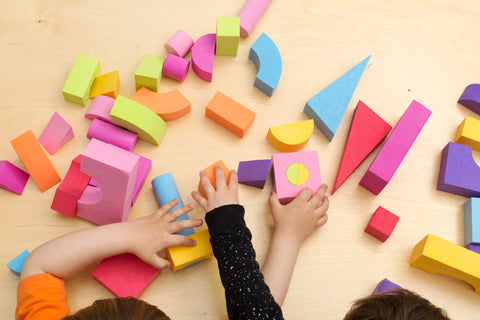Sustainable and Smarter way to shop for Long-lasting Toys
Every holiday season brings a deluge of relatively short-lived plastic products that has received a lot less attention or rather considered a necessary evil – Toys.
Children’s toys form a large and growing global market worth USD$90.4 billion in 2018.Toys often contain far larger quantities of high-quality virgin plastic material than anything else that we assume to be the biggest pollutants.With kids losing interest in their toys faster than you lose your sanity ,the toys usually last a lot longer than their owner’s interest.
Research suggests that toys that are kept longer, resold or donated secondhand, have a lower yearly environmental impact overall, as this is likely to negate the manufacture and purchase of new toys.
The secondhand value of a toy is greater for those that are initially more expensive. Higher-value products were more likely to be resold whereas cheaper alternatives were more likely to be sent to landfill or donated rather than sold.

Research suggests that the most sustainable toys are construction toys/puzzles because they can be used for longer and are suitable for children over a wider age range. These collections can be added to and customised, ensuring that they remain challenging and enjoyable as the child grows. Such toys have maintained their popularity over generations and so retain a good residual secondhand value and are more likely to be resold.
Another candidate for Sustainable toys are wooden toys .They retain relatively high secondhand values, and can have second – or even third – lives.

And, the least sustainable? The least sustainable toys were typically those that contained electronics. These toys require larger amounts of energy during manufacture, and the electronics hamper their capacity to be recycled. Most electronic toys are particularly hard to clean, meaning that they are often discarded rather than donated.

Here are the top tips to buy sustainable and eco-friendly.
-
Always consider how long the toy will be relevant to your little one.
-
Buy secondhand wherever possible.
-
Consider signing up to a local toy library if there’s one in your area. For a small fee per toy or a subscription you can borrow toys as you would a book in a normal library.
-
Avoid electronic toys, especially for smaller kids whose interests change rapidly .
-
If buying short-lived toys such as art and craft-based toys, try to ensure that the materials are biodegradable/ reusable.